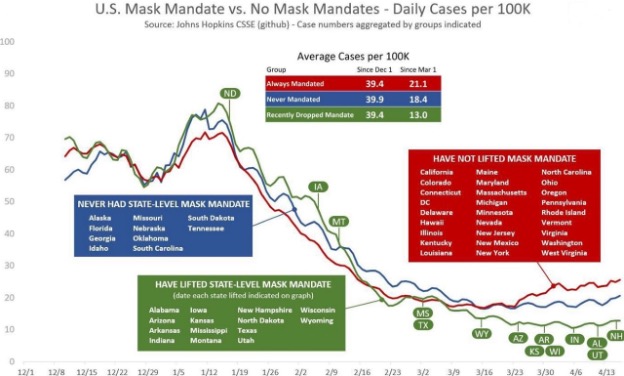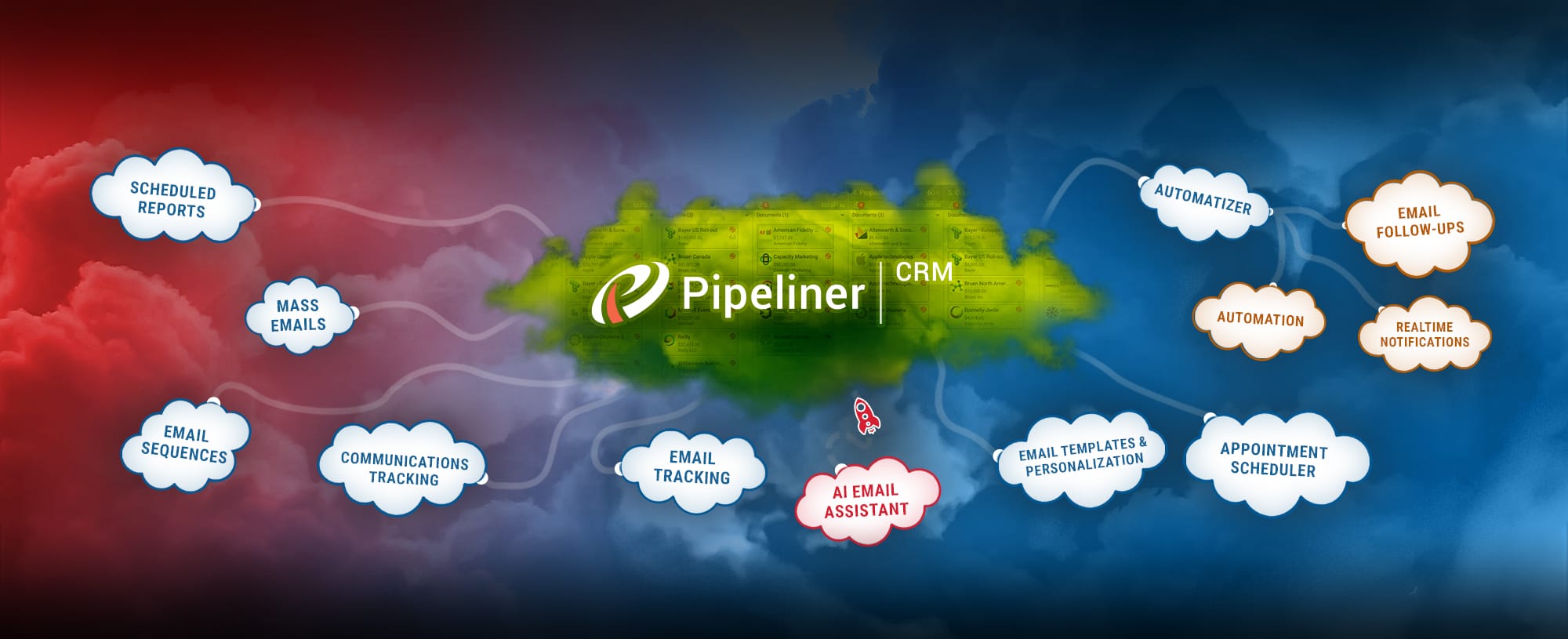Every sales leader and sales organizationOrganization Organization is a cohesive group of people working together and formally bound by a shared identity (e.g., one team, company, club, etc.) and a common purpose (e.g., business growth, athletic victory, etc.)., in my opinion, has had a totally legitimate request for the achievement of goals. This request involved elements, however, which have not always been available. Such elements included sales processes, and sales applications such as analyticsAnalytics Analytics is the active study of different types of data with the aim of discovering meaningful patterns and translating these into insight (such as historical analyses and forecasts), or action (such as those intended to improve business performance)., dataData Data is a set of quantitative and qualitative facts that can be used as reference or inputs for computations, analyses, descriptions, predictions, reasoning and planning. mining, and many others that needed to fit together for a seamless data flow. Unfortunately, though, these applications have existed almost independently like silos.
The big picture is created by combining all of these elements, enabling sales to accomplish its mission. These elements include collecting data correctly, and data modeling through analytics to accurately measure your business outcomes for the future. In the end, this seamlessness results in the symbiosis between humans and machines, as we discussed in the last article.
The use of the latest technology is a commitment for us, as a vendor and developer. We’re dedicated to the use of open-source, as we know that open-source host GitHub now has 40 million programmers all contributing to the very latest applications. It no longer makes sense to hard code anything by ourselves.
It’s a never-ending road that we’re traveling. We will continually be improving Pipeliner CRM in ongoing iterations. The technology that will come out of our constant improvements will provide consistently greater insights.
In the very near future, we’ll be speaking to machines and they’ll reply. Taking a finger, we’ll be able to trace a figure or word on the screen, and someone else will have the ability to click on it. We’ll receive suggestions for process improvement right from the machines. Machines will provide fantastic data insight to us humans, and humans will be able to make precise decisions through understanding the data.
Because we’ll be able to interpret data correctly, we’ll avoid occurrences as we saw with the covid pandemic when data was no longer believable. If data is not valid, wrong conclusions will be drawn from it, as we have seen in the last year.
The graph below, issued by Johns Hopkins University, clearly shows that states with no mask restrictions, or states that have now lifted them, have fared better in relationship to covid-19 than states that have not lifted mandatory mask mandates.

The results are devastating if the data is not correct, as you can see.
We can now pull everything together so that we’re seamlessly and precisely operating with correct data and achieving the right results.





